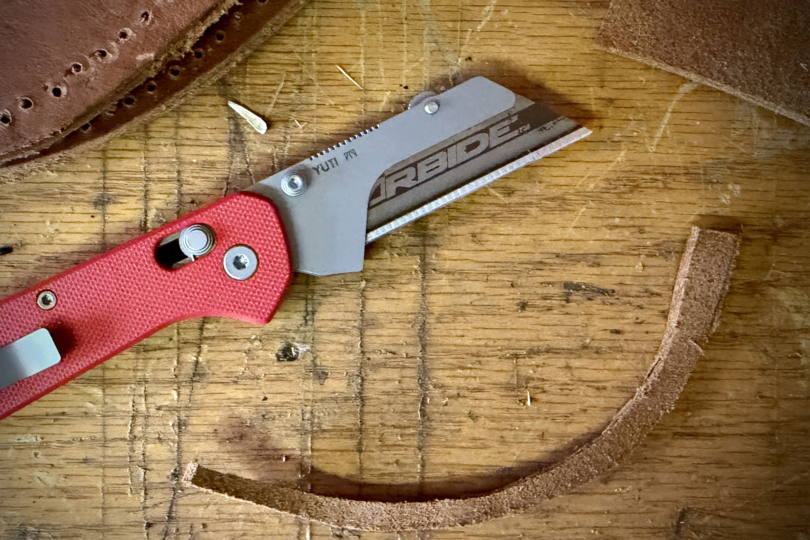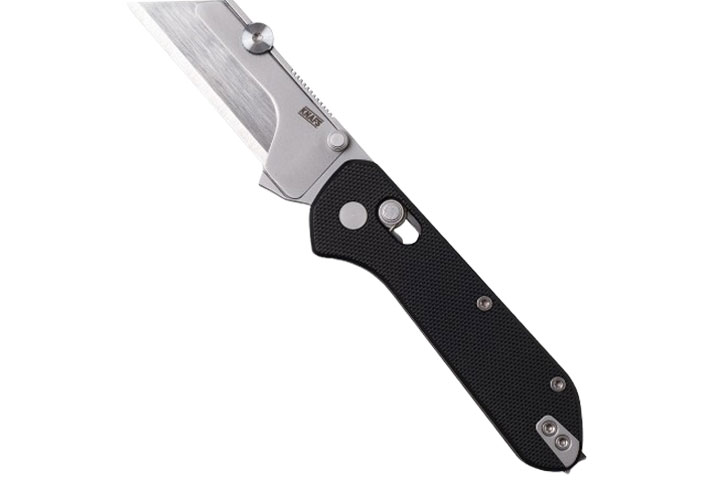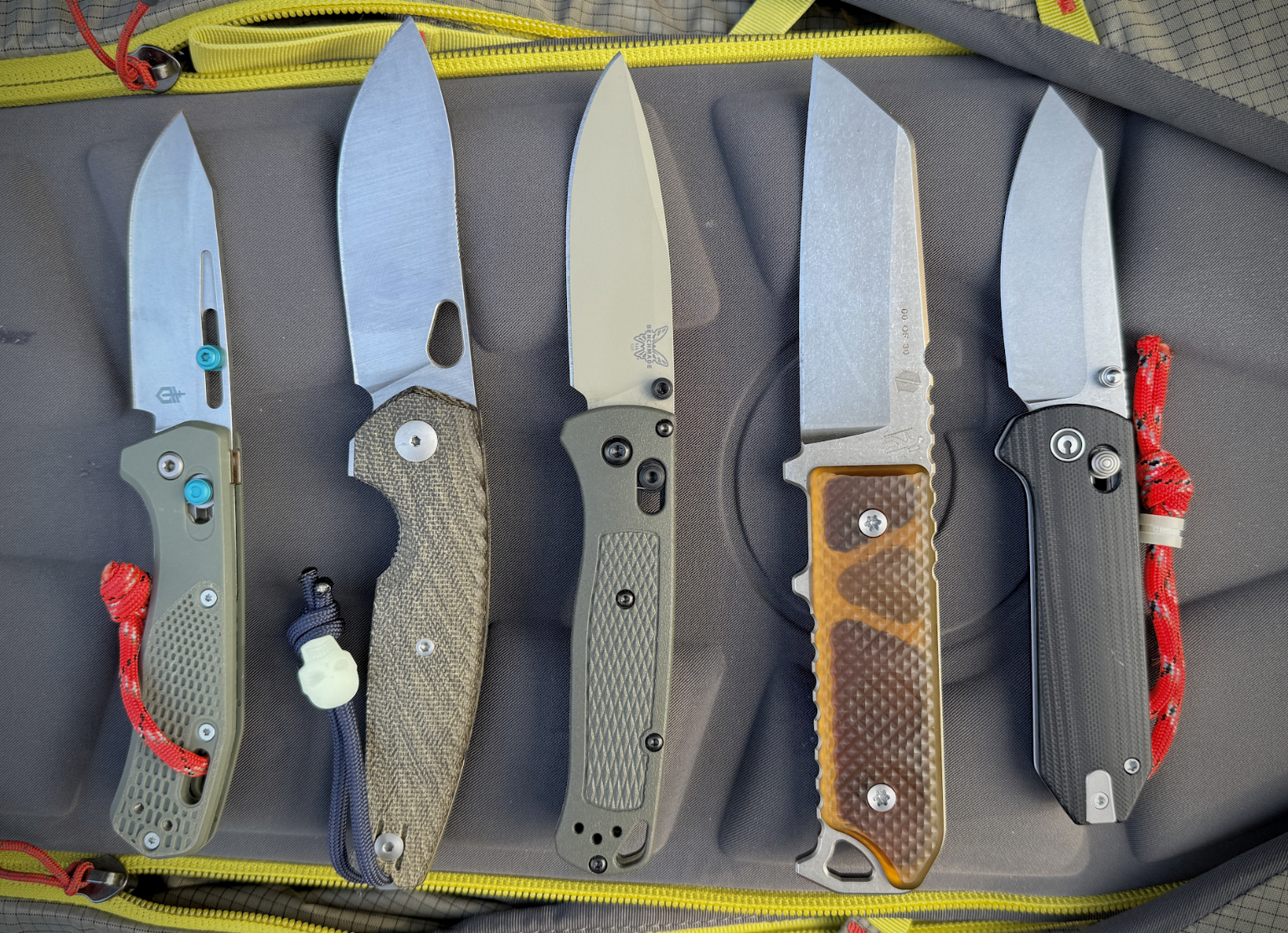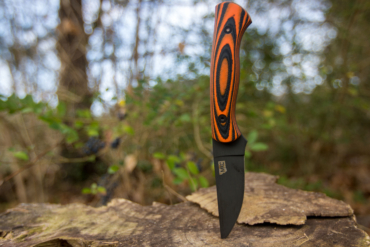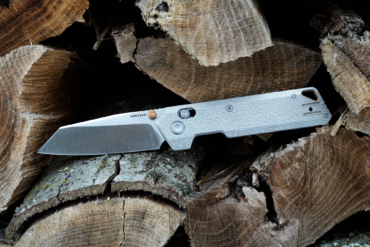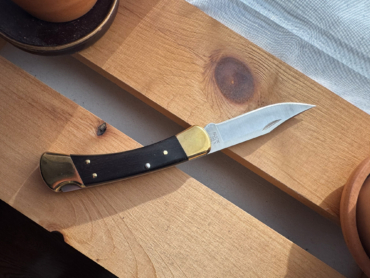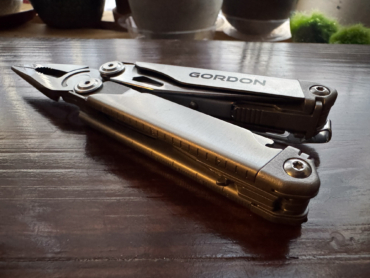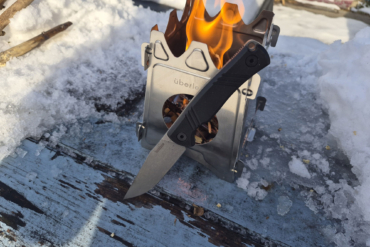With EDC knife brands like Kizer and CIVIVI launching upscale versions of work knives, I’m not surprised to see utility blade folding knives becoming a trend. That said, I have made considerable effort to avoid folding knives that use disposable razors as their blade.
I never really considered them part of the EDC or outdoor knife segment. I once bought one from Home Depot’s house brand, Husky, when I was remodeling my house. It has a pocket clip and anodized handles, but it lives in my tool pouch until I need it for handyman tasks on my “honey-do” list.
But a couple of weeks ago, Knafs announced its first release of the year was going to be the Yuti, an EDC utility blade folding knife. Based on its Lander series of knives, the shape was appealing, as was the G10 handle scales, crossbar lock, and deeper-than-deep pocket clip. So, I figured, why not try it out and see what all the buzz is about?
In short: When it comes to a pocket knife that you’re going to carry every day, it’s easy to get wrapped up in high-functioning knives with fancy blade steel. However, when you eliminate the blade steel from the equation, utility knives like the Knafs Yuti become a viable option, beyond just people working in the trades.
- OAL: 6.14"
- Blade length: 2.03"
- Blade steel: Varies
- Blade shape: Utility razor
- Lock type: Crossbar
- Opening type: Thumb stud
- Carry: Left or right hand, tip-up
- Weight: 2.30 oz.
- Price: $50
Pros
- G10 handle scales
- Crossbar lock
- Lander shape (compact size with advanced ergonomics)
Cons
- You need to pay attention to that thumb screw if you rely on hand tightening
- Cheaper options are more appealing if you don’t mind paying to replace them
Knafs Yuti Utility Knife Review
Design & Features
Based on the shape of the popular Lander line of knives, the Knafs Yuti is appealing both in size and geometry. With the handle being a little over 4 inches, you can expect to get a full, four-finger grip for optimal control. Jimping on the spine of the blade holder enhances that level of control.
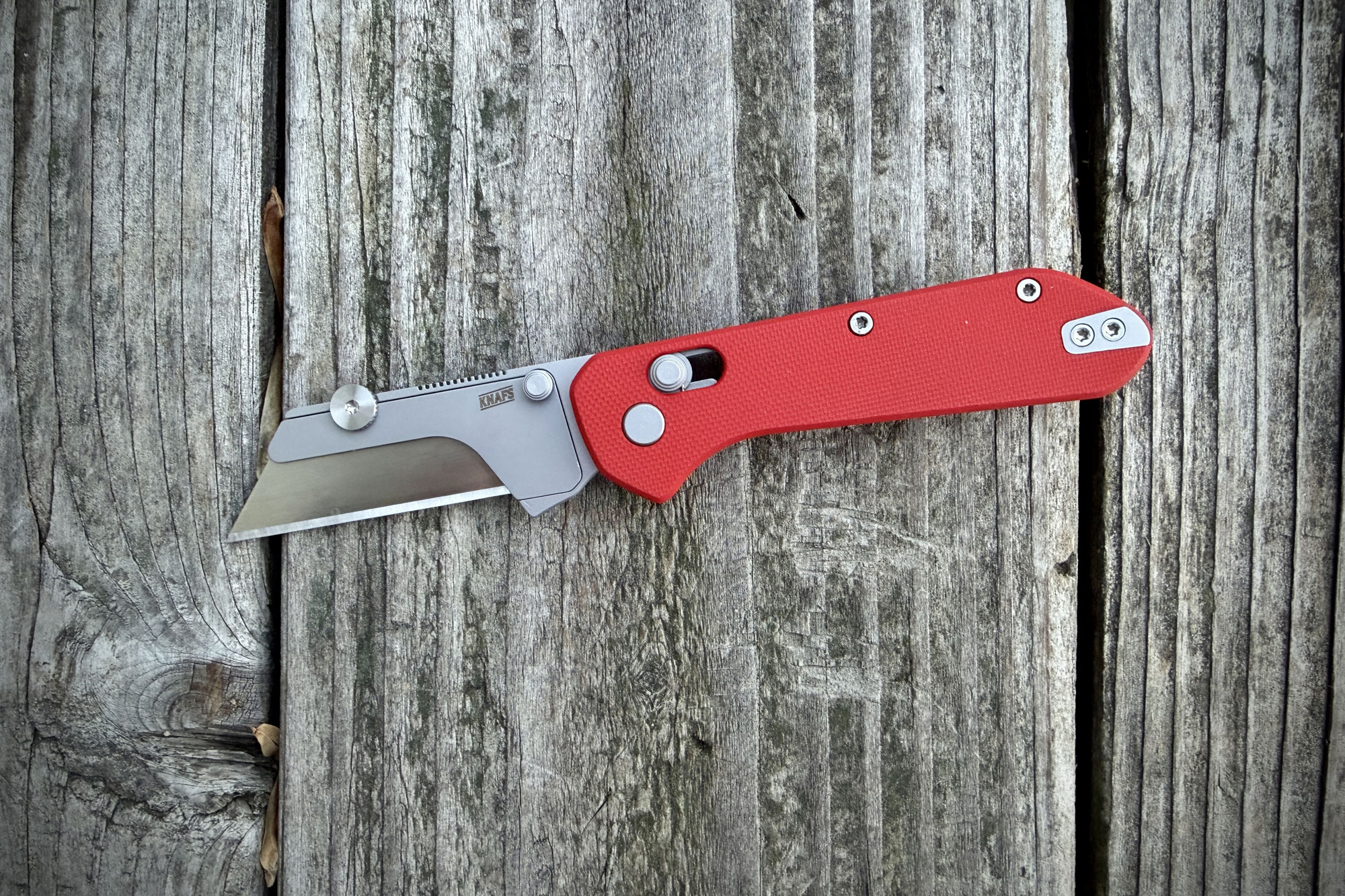
For handle scales, the Yuti uses G10 with support from inset stainless steel liners. The knife also features a crossbar lock and a deep carry pocket clip. All of this sets the Yuti up really well for years of reliability, through countless days of use and abuse.
Regarding how the blade is retained, Knafs went with a T8 thumbscrew. This allows you to use a T8 torx bit or your fingers to tighten and loosen the screw. The Yuti can accept any standard utility blade as well as a wide variety of variations that feature the double notch in the top.
Another feature of the Yuti that will be available after launch will be the ability to swap out the handle scales. This is something Knafs has been known for since its start. It offers a wide array of handle scales as well as 3D drawings that allow the end user to grow their own handle scales.
First Impressions
When I pick out a knife to use in my day-to-day life, part of the decision-making process involves the blade steel. Yes, in making that decision, I consider handy work. However, I never considered having a knife with a disposable blade to rely on for more than just that.
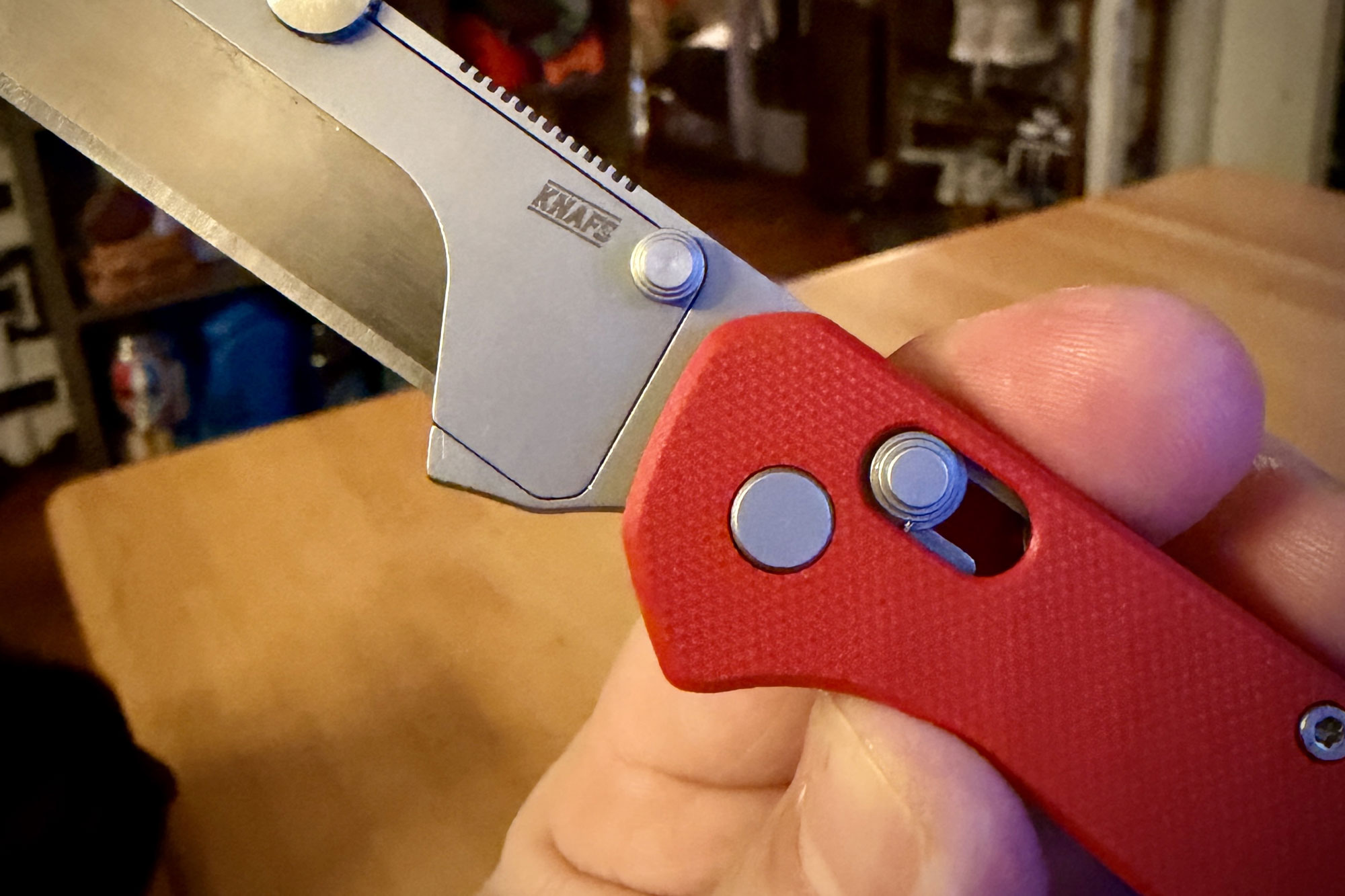
Then I remembered that hunters have been using knives with disposable blades for processing game for years now. Where this solution may not be long-lasting, it is efficient. In the field, it eliminates the need for sharpening. All of the appeal is there.
With the Yuti, the G10 handle scales, crossbar lock, and compact yet desirable ergonomics amplify the appeal. The initial feel in my hand is comfortable as it tucks into my palm. The design of the front of the handle works in unison with the bottom of the blade holder in a way that allows you to choke up on the blade. This grip lets you engage the spine jimping in a way that will let you be more aggressive with your approach and action.
That said, the pocket clip sits higher than the butt of the handle and can irritate your palm as it digs into it. I reached out to Knafs about this and was told this was something they’re aiming to change on the production models.
Why Should You Buy a Yuti?
A lot of people carry this style of knife as their EDC. They rely on them for work and play, in all environments, just like most of us do with standard pocket knives.
There’s a large group of folks who have adopted different versions from Milwaukee as their everything and only thing when it comes to knives and tools that ride around in their pockets. The highest functioning Milwaukee FASTBACK available, which has a button lock, blade storage, and a quarter-inch bit driver, will cost you half the price of the Yuti. In fact, Milwaukee’s base model is only $13.
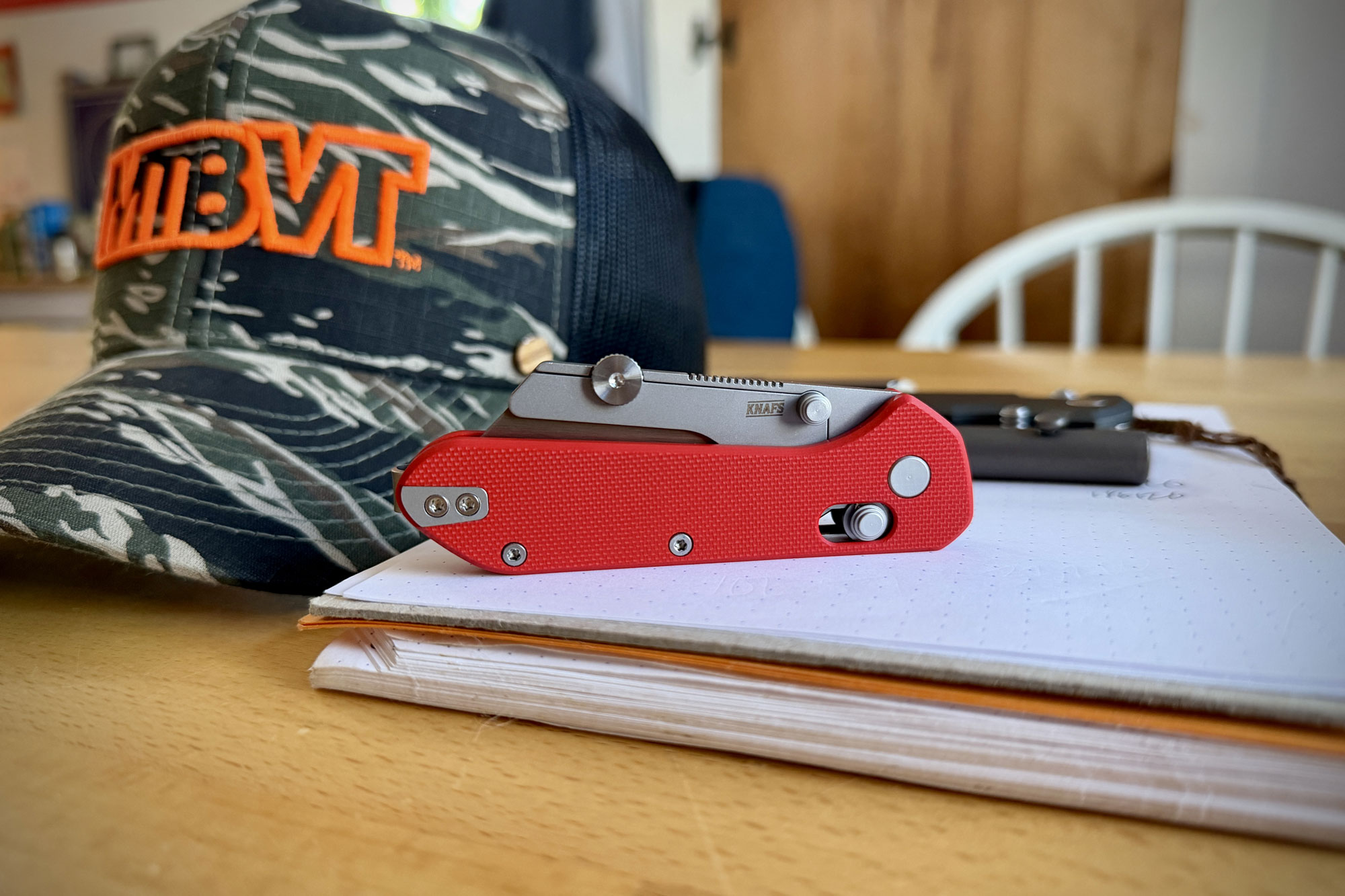
So what would be the reason for spending $50 on a tool like the Yuti? In short: expectations.
Where someone can abuse their Milwaukee utility tool until failure and just go to the hardware store and replace it, there’s no reason to believe the Yuti will fail. In all of my experience with knives, both professionally and personally, I have never seen G10 handle scales or a crossbar lock fail. With the Yuti, you’re just going to need to find what your favorite disposable razor is so you can rely on that as well.
In the Field
Another common name for this style of knife is “hobby knife.” Essentially, a utility blade folder is an X-Acto knife on steroids. They’re designed to be more task-driven and not as precise. That’s not to say I couldn’t get the Yuti to follow a pattern for a leather sheath I am making; it’s just not meant for doing small-scale detail work.
But I never figured I would carry a knife like the Yuti as my pocket folding EDC. Yet, here we are, and, quite honestly, there’s no functional difference. Sure, utility blades are cheaper and don’t boast qualities like toughness and corrosion resistance, but you can replace them affordably and easily.
If you chip the MagnaCut blade on a more expensive knife, you’re going to need to put in some work to fix it, after your anxiety stops redlining.
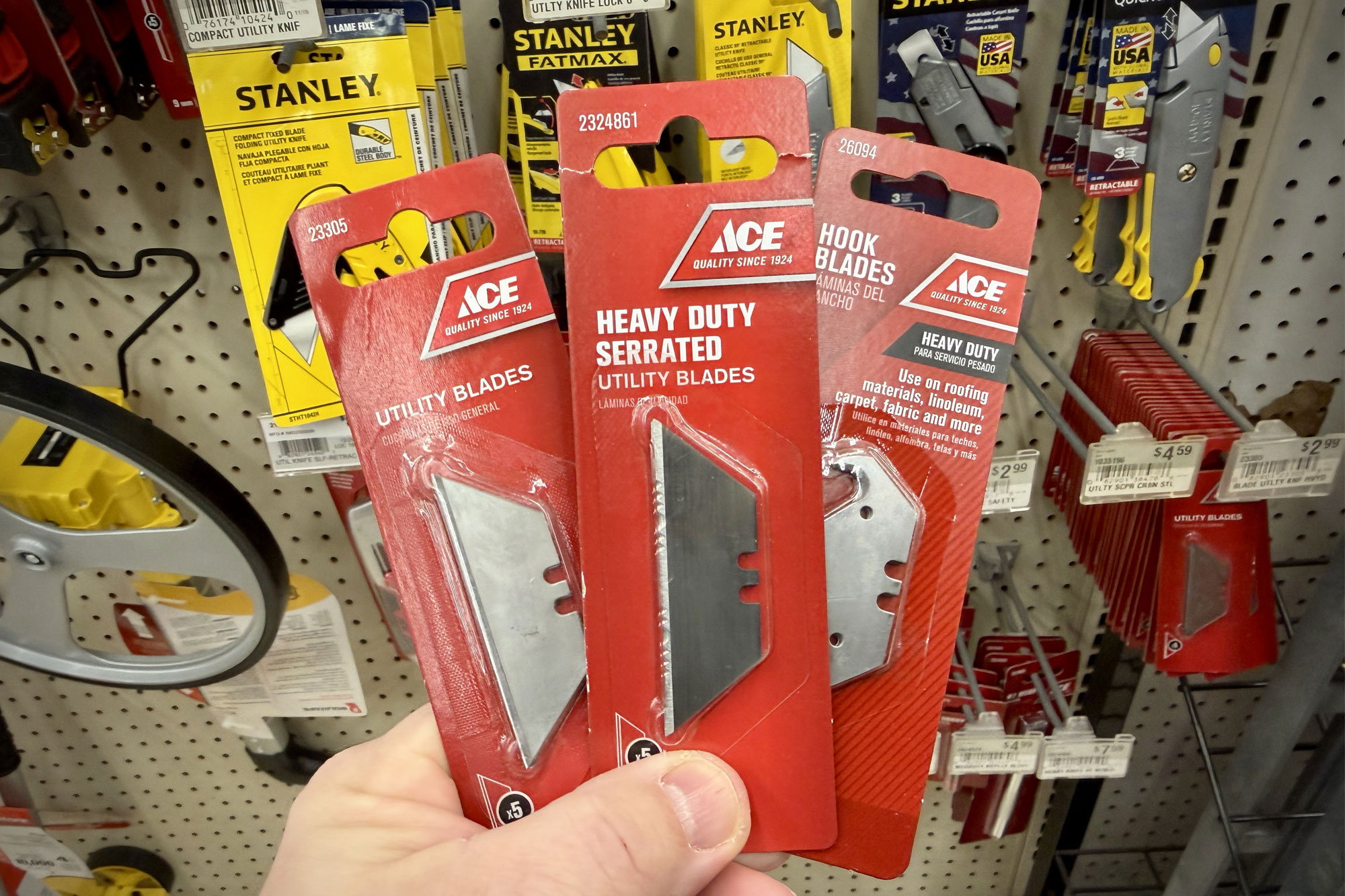
I’ve done a lot of handy work in my time enough to know that there are better blades out there. This is why I swapped out the utility blade that came with the Yuti with a Stanley Carbide Blade. These blades last twice as long as the traditional utility blade. A 10-pack will run you $10 and last you a whole year, even if you’re splitting your time between work and play.
The one thing that I am a little laser-focused on is the thumb screw that holds the blade in place. I haven’t had any issue where it’s come loose during use, but it’s been a bit loose after riding around in my pocket for a while. This is something that could be addressed by tightening it with a T8 bit, but I do like the ability to tighten it by hand if I need to swap out the blade in the moment.
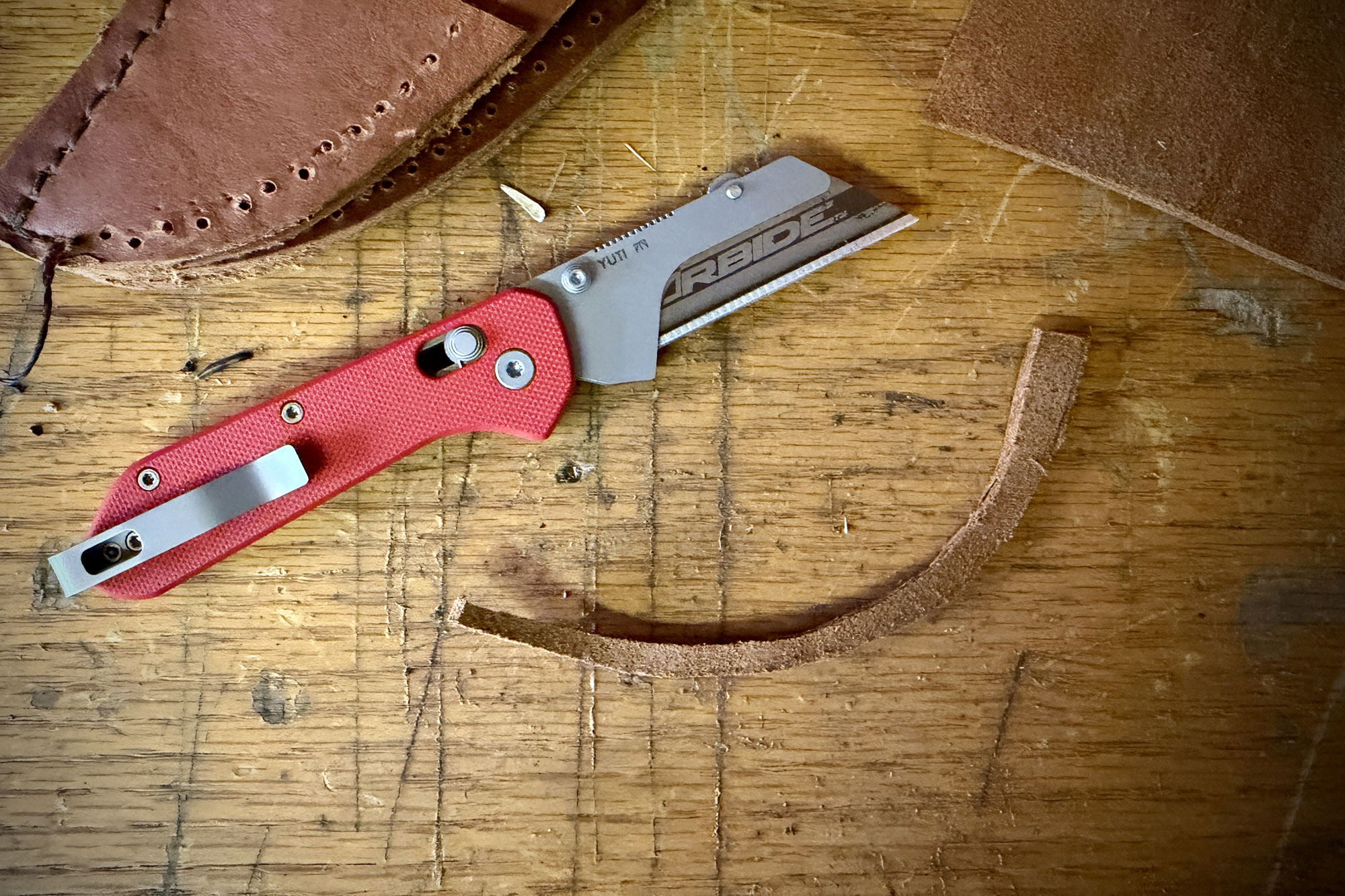
Who’s It For?
After a week with the Yuti, I’m very satisfied with it overall. It’s easy to carry and fun to fidget with and use. I also don’t mind doing some of the more demanding tasks that I know could wreck a regular knife blade with it. I would generally spend more time with a knife before reviewing it, but that’s due in part to seeing how the blade material performs. That’s not a factor here.
Do I think you should trade in your traditional folder for it? That depends. If you’re someone who works in the trades and needs an affordable knife whose highest level of maintenance is replacing its $1 disposable blade, go get the Yuti now.
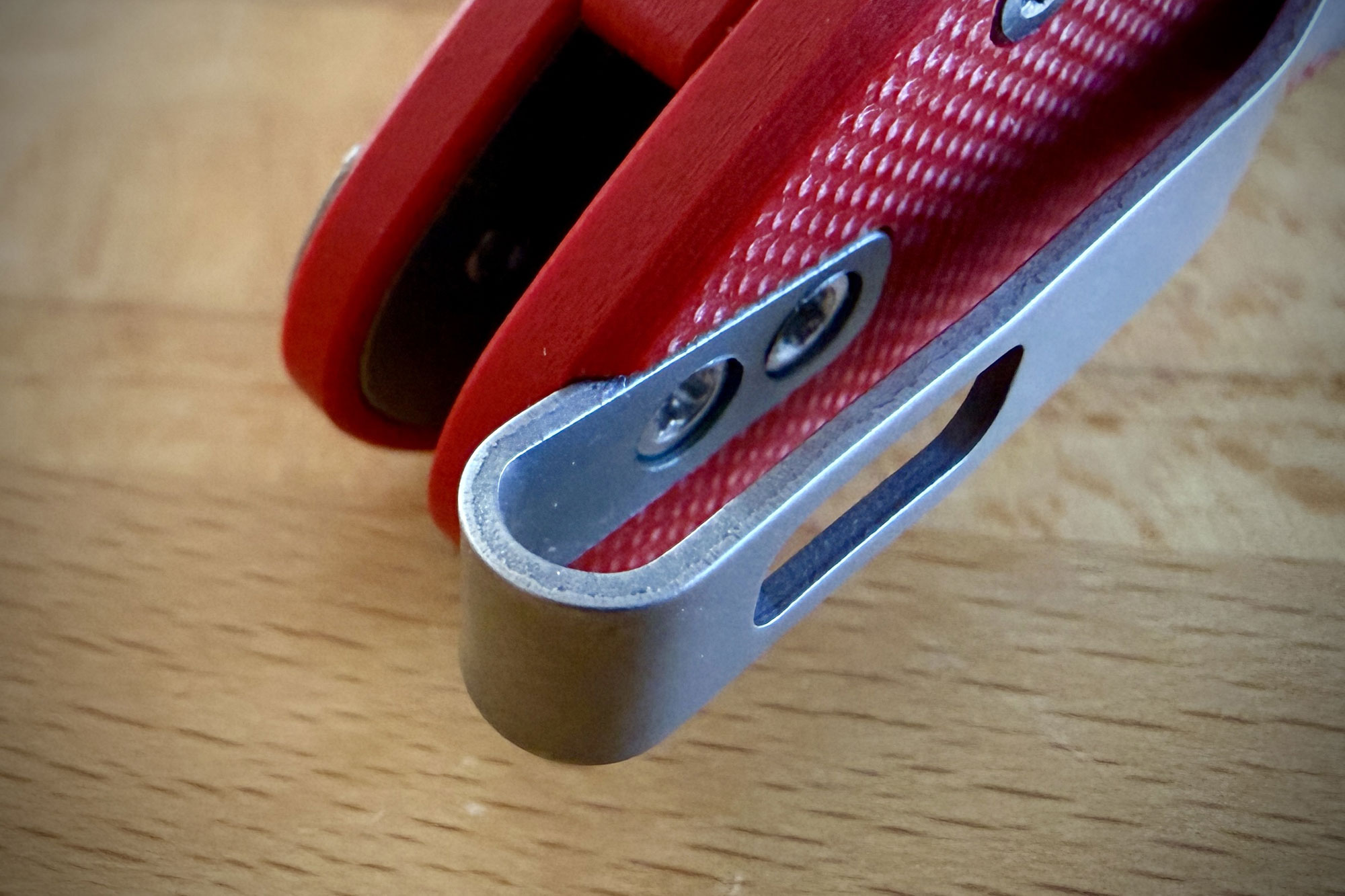
Otherwise, it does make a nice entry-level knife or an alternate knife for someone who knows they’re going to end up doing bullwork that would destroy a knife blade. Where down the road I may go back to a traditional folding knife with some fancy knife blade steel, the Yuti will always be with me in my pack.
